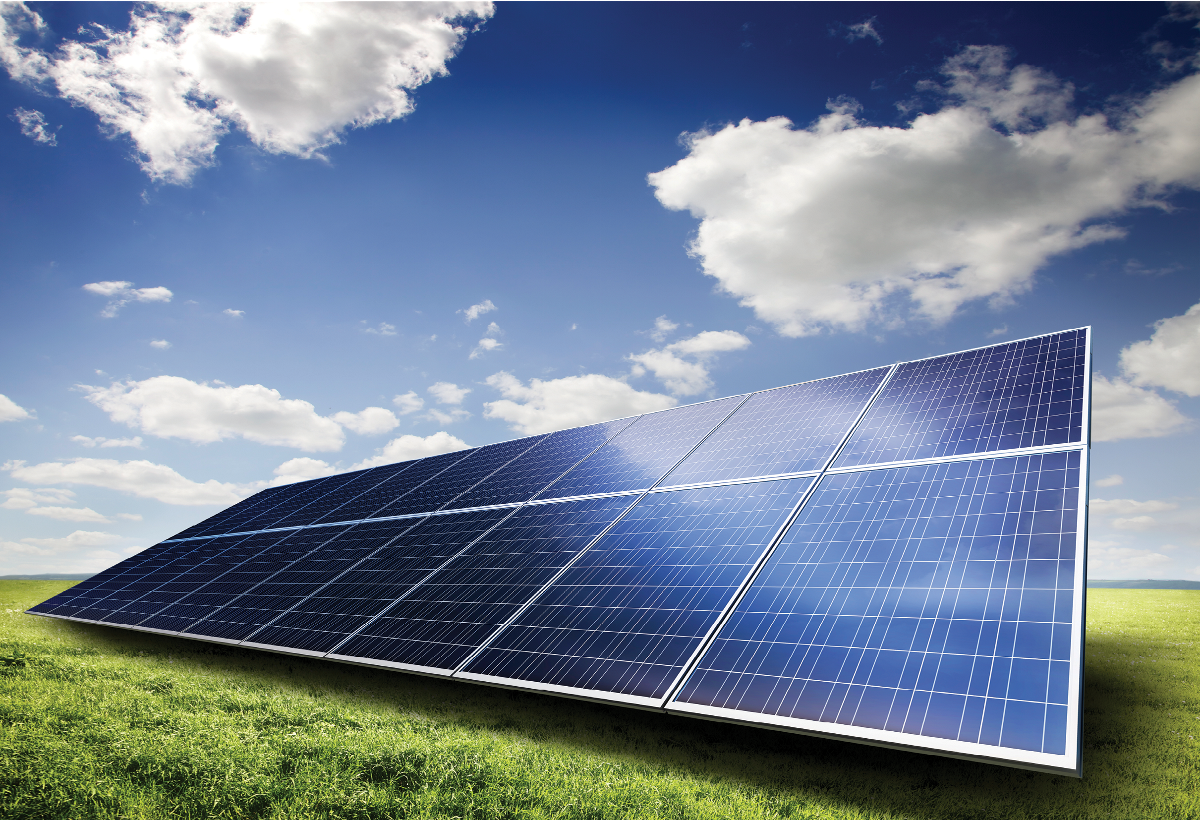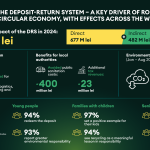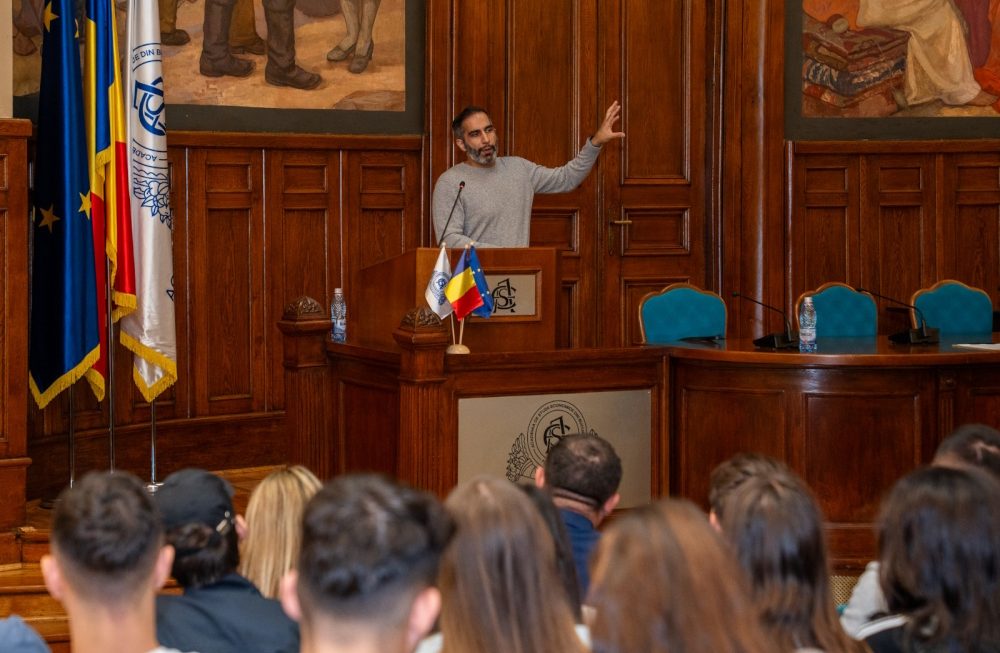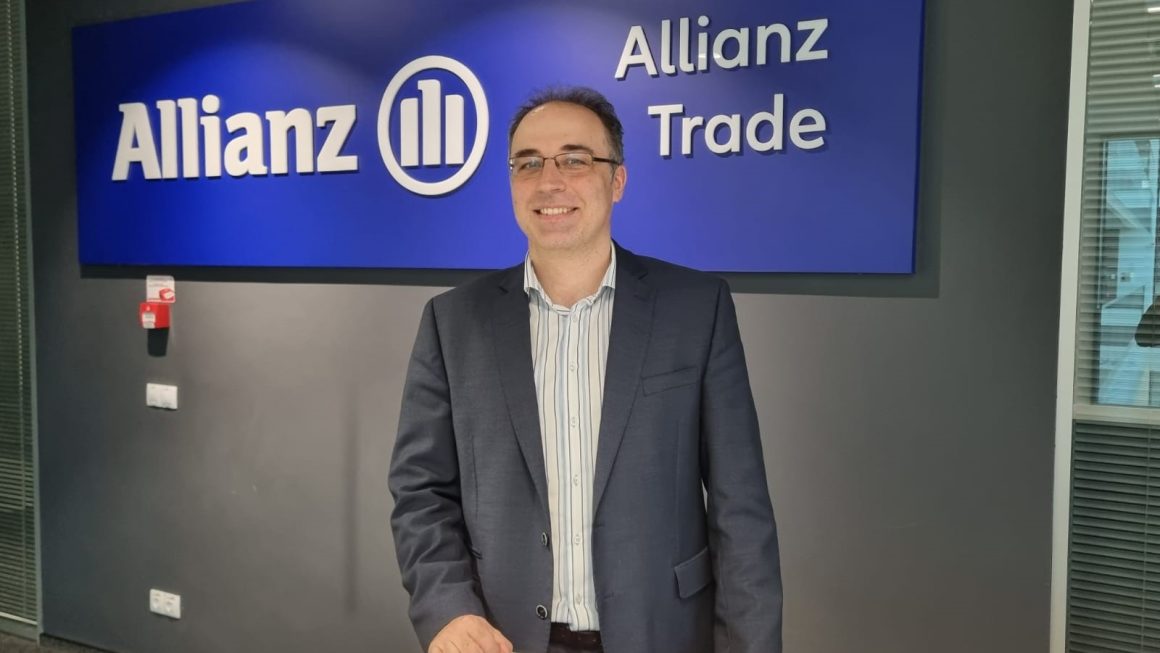
On the sunny side of things
Foto: Johnsey/ depositphotos.com
There aren’t many significant success stories in Romania at the moment, but the current edition of the Green House program, through which the state subsidizes the installation of solar panels in people’s households, has at least the potential to be one of them.
And even if it has been partly overshadowed by strikes and budget scandals, it is worth telling.
The success of the program is not necessarily due to its somewhat normal scale, but rather to the fact that the authorities have shown that they know how to learn from past mistakes, and this ability is in itself a sign of progress.
After all, Romania, like everyone else, went through a serious energy crisis triggered by a combination of factors, including the surge in energy demand after the end of the pandemic and the consequences of the Russian invasion of Ukraine. Against this backdrop, energy prices exploded, and it was only natural that people were even more interested than in previous years in producing their own electricity – and possibly sharing in the profits of the big players in the industry.
The tripling of the budget for subsidizing photovoltaic systems above 3 kW to 1.75 billion lei, thus extending the program to some 87,000 households, whose projects will be subsidized with up to 20,000 lei, is a logical consequence from this perspective.
But the authorities made other significant changes compared to previous editions: they launched the online platform a little earlier to allow interested parties to apply, and they set clearly defined timeframes for each development region to avoid server congestion. The number of applications was enormous. Interesting fact: it takes longer for sunlight to reach the Earth than it does for a region’s budget to be exhausted. Only in Bucharest it took nine minutes for the application to say stop; in other regions, the money ran out in half that time. It is true that the speed with which the procedure was carried out led to accusations of fraud. The Environmental Fund Administration (AFM), the state body managing the program, has strongly denied this is even possible: the application runs in a public cloud that does not allow files to be registered in the database before the start time, and keeps a record of all transactions at database level, so all operations can be tracked. In addition, the use of automation bots is prohibited and blocked, the AFM said.
Secondly, the authorities also reduced the insatiable bureaucratic appetite usually associated with such programs. This time, only four documents were required: a valid identity card, an extract from the land registry, and two tax certificates certifying that no debts are owed to the central or local budget.
Another important change concerns installation service providers. Prior to the applicants, the companies and professionals that will install the photovoltaic systems have registered on the platform provided by the AFM. Once the registrations are complete, the beneficiaries have 90 days to sign contracts with the installation companies – but this time it is the individuals who choose their installation company, not the other way around. Environment Minister Tanczos Barna also explained to the press that this year the beneficiary will receive a notice of acceptance into the program and then go and choose the installer, whereas in 2021 and 2022 the installers were the ones to ”decide who they wanted to work with or who they didn’t want to work with, or who they put first on the list when they upload projects to the system and who they put last”.
For those who didn’t get a place in the Green House this year, the game is not completely lost. The Ministry of European Investment and Projects (MIPE) is also offering support to households interested in installing photovoltaic panels, solar energy storage batteries and even heat pumps.
The energy efficiency program, which will be launched in September, will be even simpler than the Green House and fully automated. To sign up, people will only need to upload three documents to the dedicated platform, in addition to the ubiquitous copy of their identity card: an extract from the land registry, an ownership document for the house, and the contract for the supply of the equipment.
The amount of EU money made available through MIPE is considerably higher than that from the Green House: the total support of half a billion euros will cover the needs of 100,000 households, and the support will be in the form of vouchers of 25,000 lei for approved projects.
The MIPE program could also provide a solution to one of the major pitfalls of fossil fuel alternatives. Those who want to become prosumers, i.e. both producers and consumers, have to take into account that during peak periods when a lot of energy is produced, the energy system may not be able to absorb the surplus, and without a storage system – usually a battery in a household scenario – the energy would be wasted. So not only should solar panels be promoted, but also storage solutions that allow energy to be used when it is needed.
Consumers have a hard enough time dealing with the utilities that are also their customers. In Internet discussion groups, those who produce and supply more energy to the system than they consume complain about cumbersome legislation and a complicated and unfavorable compensation scheme, which means that they end up crediting suppliers for two years, since regularization only takes place after 24 months and is not a current operation.
A change for the better could come with the approval of a bill submitted to parliament by several USR senators, which would exempt prosumers from paying for green certificates – after all, they produce and supply only green energy to the grid.
Alex Gröblacher
Share
Share















